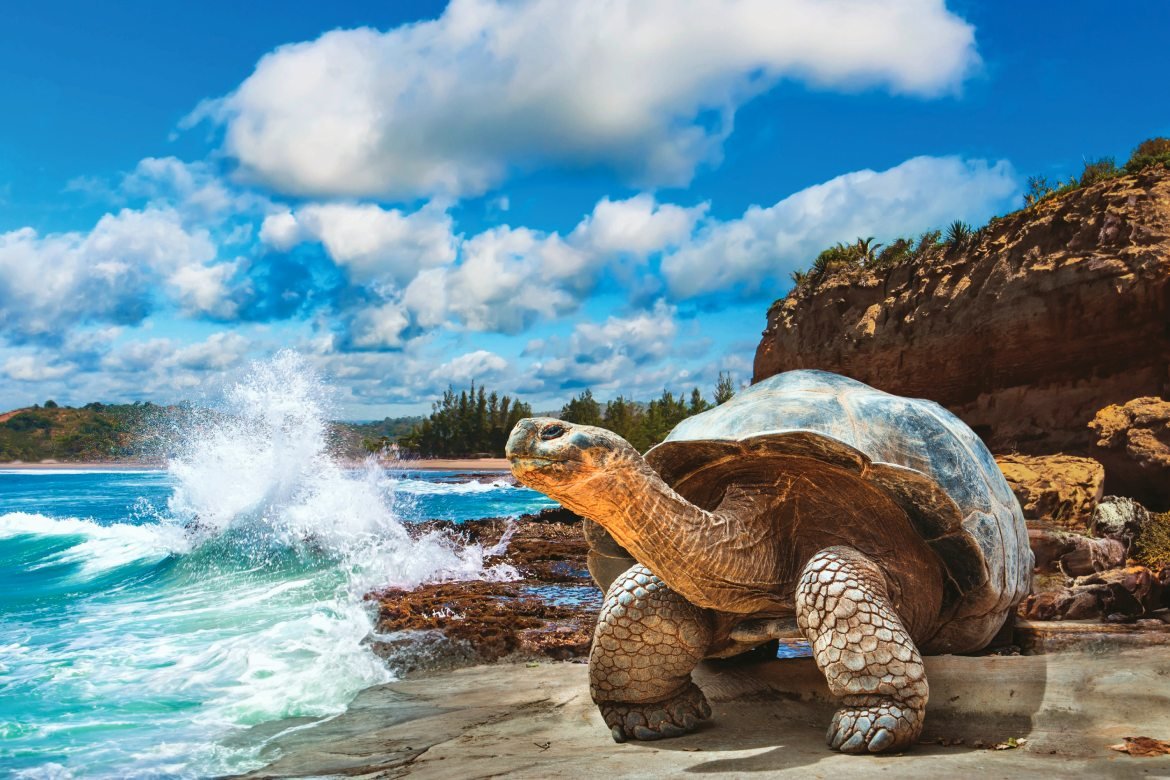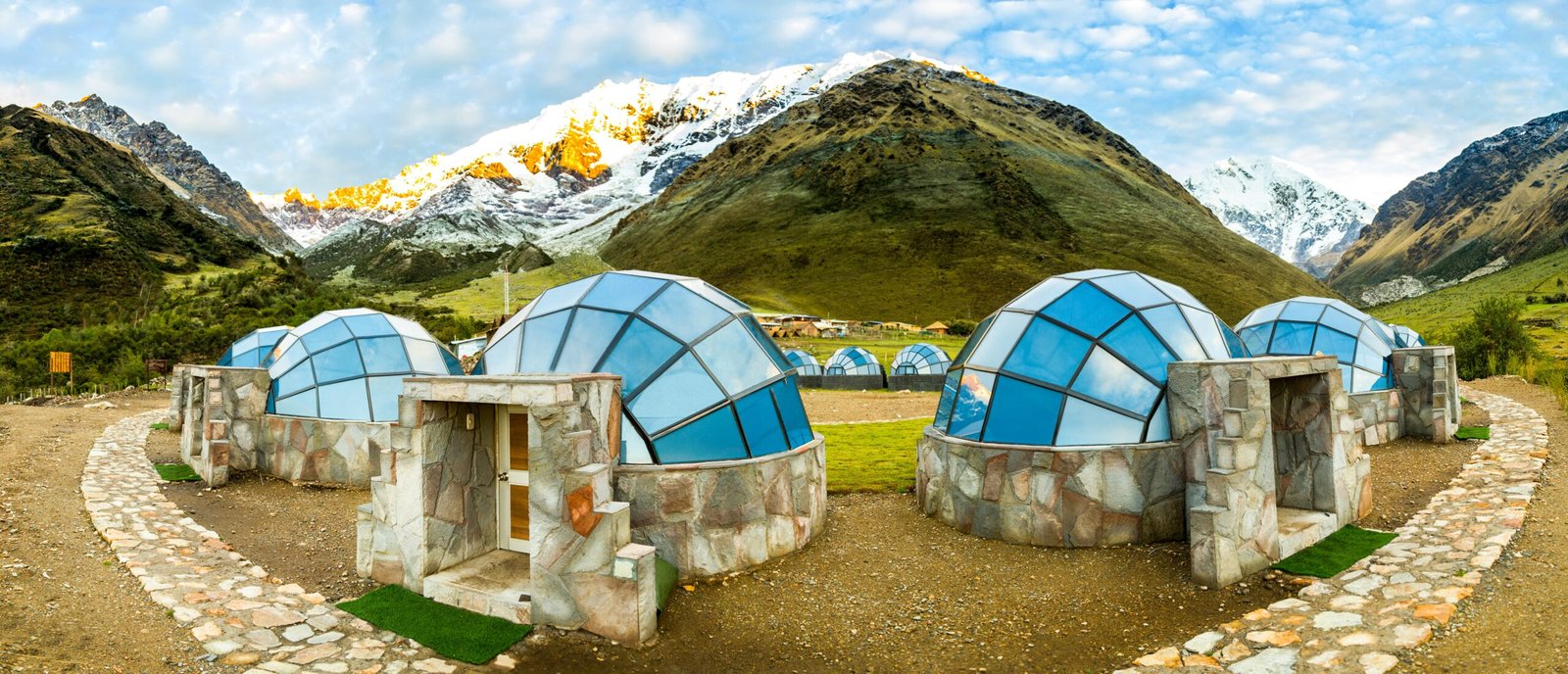Overview of the Galapagos Islands
The Galapagos Islands, an archipelago located off the coast of Ecuador, are renowned for their extraordinary biodiversity and stunning landscapes. Comprising 13 main islands and numerous smaller islets, the islands are a living laboratory of evolution, making them a focal point for both scientists and nature enthusiasts. The unique geography of the Galapagos includes volcanic formations, pristine beaches, and lush highlands, offering a myriad of ecosystems that support a rich variety of wildlife.
One of the islands’ most significant contributions to science comes from Charles Darwin, whose visit in 1835 greatly influenced his theory of natural selection. The flora and fauna found in the Galapagos is not only unique to the islands but exhibits incredible adaptation to the various habitats available. For instance, the famous Galapagos tortoise, diverse finch species, and the marine iguana are all prime examples of evolution in action. The archipelago serves as a live demonstration of Darwin’s observations, providing an unparalleled opportunity to witness natural selection and speciation.
In addition to their scientific significance, the Galapagos Islands are also celebrated for their incomparable natural beauty. The crystal-clear waters teem with marine life, including colorful fish, rays, and sea lions, making the experience of snorkeling and diving here unforgettable. On land, the archipelago boasts unique flora such as the giant prickly pear cactus and various endemic plants that illustrate the islands’ ecological diversity.
The Galapagos Islands are not just a scientific landmark; they are a sanctuary for travelers who seek adventure and a deep connection with nature. With breathtaking landscapes, rich biodiversity, and historical importance tied to evolution, the islands remain an essential destination for anyone who appreciates the natural world.
Top Islands to Explore
The Galapagos Islands are a remarkable archipelago known for their unique wildlife and stunning landscapes. Among the islands, three stand out as must-visit destinations for any traveler: Santa Cruz, Isabela, and Española. Each island offers distinctive experiences, making them essential components of a comprehensive itinerary.
Santa Cruz is often the first stop for visitors and serves as a central hub for exploring the archipelago. One of its most famed attractions is Tortuga Bay, a pristine beach that offers opportunities for swimming, kayaking, and observing marine life. The Galapagos tortoises can also be seen at the Charles Darwin Research Station, where conservation efforts are actively in place. Additionally, the highlands of Santa Cruz provide a chance to see lush vegetation and endemic species that thrive in the island’s diverse ecosystems.
Isabela Island, the largest of the Galapagos, is renowned for the Sierra Negra volcano. Hiking to the summit offers breathtaking views of the caldera and surrounding landscapes. Isabela is also home to unique wildlife, including giant tortoises and marine iguanas. The island’s diverse ecosystems, ranging from lush wetlands to volcanic landscapes, create excellent opportunities for wildlife enthusiasts and photographers alike.
Española Island is iconic for its striking cliffs and continuous wildlife presence. Visitors can marvel at the dramatic landscapes at Punta Suarez, where sea lions and waved albatrosses can be observed nesting. The beautiful Gardner Bay is another highlight, featuring a stunning beach perfect for snorkeling and swimming. The rich biodiversity found on Española, including various bird species, adds to the island’s allure and solidifies its status as a top destination to explore in the Galapagos.
Each of these islands offers unique attractions that cater to different interests, making it essential for travelers to consider visiting Santa Cruz, Isabela, and Española when planning their itinerary in the Galapagos Islands.
Wildlife Encounters You Can’t Miss
The Galapagos Islands are renowned for their extraordinary ecosystem, characterized by a vast array of unique species that cannot be found anywhere else in the world. One of the most iconic creatures is the Galapagos tortoise, a majestic reptile that can weigh up to 500 pounds and live for over a century. Visitors have the opportunity to observe these tortoises in their natural habitat, particularly at the Charles Darwin Research Station, where conservation efforts are actively fostering the population recovery of these impressive animals.
Another fascinating species tourists are likely to encounter is the marine iguana. This unique reptile is the only one in the world known to be able to forage in the sea, feeding on algae on the rocky shores. The best time to see these fascinating creatures is during the warm season when they gather to bask on the sun-soaked lava rocks, easily visible to tourists exploring the coastlines.
The Galapagos Islands are also home to the charming blue-footed booby, famous for their striking blue-colored feet used in courtship displays. Birdwatchers and nature lovers flock to the islands to witness this extraordinary phenomenon. The best locations for observing these birds include North Seymour Island and Española Island, where guided tours often provide information about their mating rituals and nesting habits.
For an immersive wildlife viewing experience, the Galapagos National Parks offer a variety of guided tours and excursions. These tours not only promote responsible tourism but also highlight the importance of conservation. Visitors can encounter diverse marine life while snorkeling in the crystal-clear waters, providing an unforgettable glimpse into the rich biodiversity that defines the islands. Understanding the significance of preserving such unique wildlife will deepen one’s appreciation for the Galapagos, making each encounter a memorable part of the journey.
Activities and Adventures
The Galapagos Islands present an unparalleled array of activities and adventures that cater to a variety of interests and levels of exploration. One of the primary draws for visitors is the opportunity to engage with the stunning marine life through snorkeling and scuba diving. The warm waters surrounding the islands teem with vibrant species, such as colorful fish, sea turtles, and playful sea lions. These underwater experiences offer a glimpse into a unique ecosystem, making them a must for any traveler looking to experience the rich biodiversity of the Galapagos.
For those who prefer land-based exploration, hiking across the islands’ volcanic landscapes is an extraordinary adventure. Numerous trails range from leisurely walks to challenging hikes, allowing visitors to appreciate the remarkable geological formations and endemic wildlife, including the famous giant tortoises and the diverse birdlife native to the region. Hiking not only offers a chance to witness these incredible sights up close but also to understand the unique environmental health challenges faced by the Galapagos.
Wildlife watching tours are another popular activity, giving travelers the chance to observe the diverse flora and fauna, often in their natural habitats. These tours are particularly rewarding during breeding seasons, as visitors may witness fascinating animal behaviors and interactions. It is essential to select eco-friendly tours led by local guides who prioritize conservation efforts, ensuring that tourism has a minimal impact on this delicate ecosystem.
In addition to these activities, travelers should consider additional tips for responsible tourism. This includes adhering to park regulations, respecting wildlife, and minimizing waste. By being conscientious about their impact, visitors can enjoy the wonders of the Galapagos while also protecting the archipelago for future generations. The varied experiences available ensure that every traveler can have fulfilling adventures, all while contributing positively to this remarkable environment.





